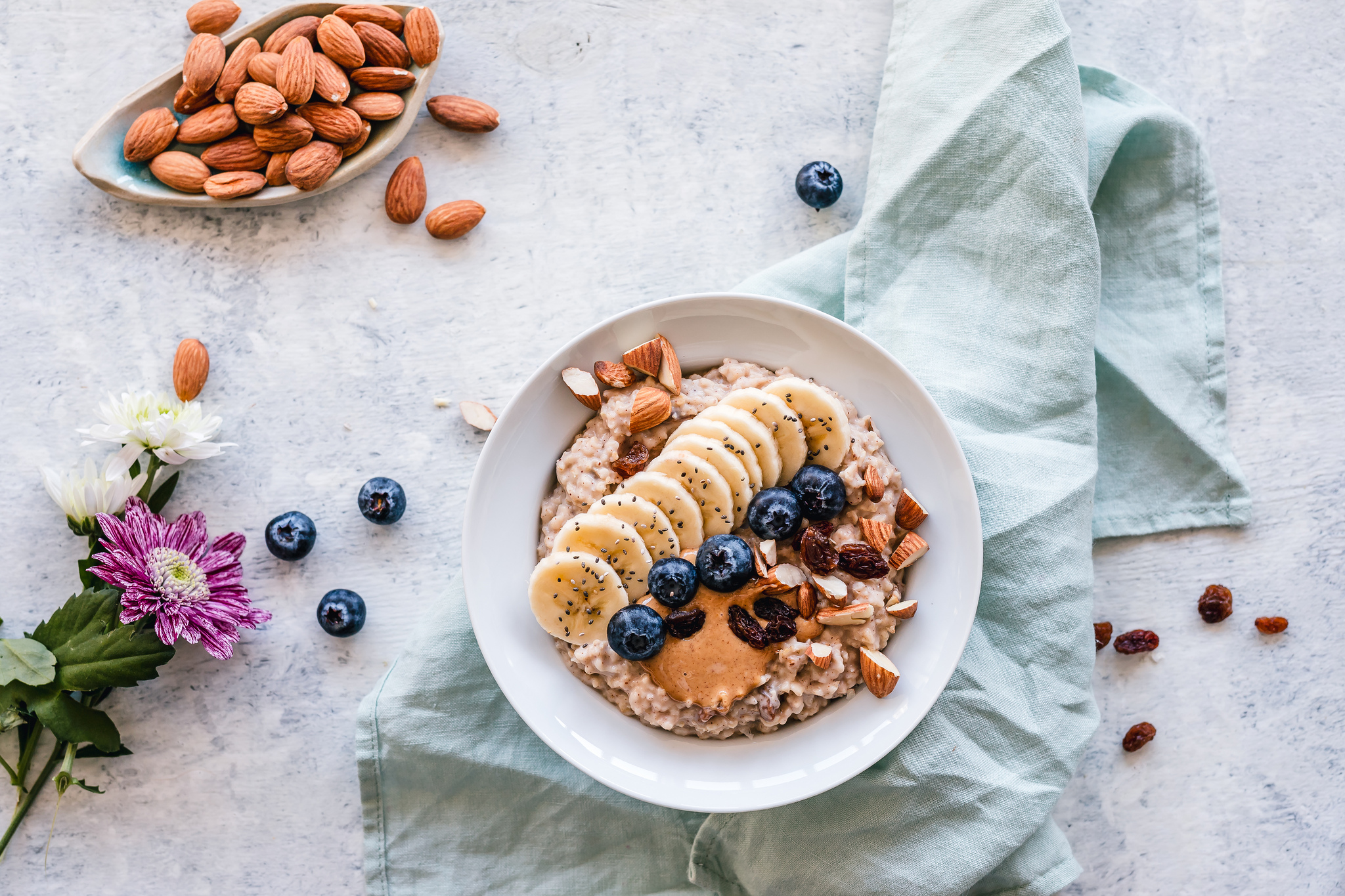In times of health-conscious dietary trends like low carb, casual vegan or clean eating, fries, pizza, and burgers are high on the ban list. Because white flour, sugar, salt, and saturated fatty acids are those components that burden the organism, slow down the metabolism and trigger food cravings.
This is how fast food becomes healthier
To defuse fast-food classics such as fries, pizza, and burgers and to make harmless and even beneficial for health and figure, it requires fundamental corrections in the preparation. For the dough of burger, pasta and pizza use white flour instead of white flour consistently whole grain varieties. In addition, do without any sugars and replace saturated fatty acids (contained in cheese platter, deep-frying fat, sauce or minced meat, for example) with a maximum content of unsaturated fatty acids. Fill a burger instead with red meat with low-fat alternatives such as chicken, turkey or lean ham, or do without the meat and try new veggie recipes, such as a vegetable burger, more raw food or a juicy avocado topping. Dried tomatoes, olives, and fresh herbs provide more spice.
“Living meat-free, not always, but over and over again, is more natural,” explains Michael Hetzinger, expert and trend researcher at the Berlin Food Week. Another trick to keep the fat content of fast food as small as possible is in the preparation. For fries and breaded products should no longer be fried or fried in the pan, but gently baked in the oven. Works without fat.
French fries 2.0
New companies, such as the German startup Frittenlove, are responding to the nutritional trend and are now offering fast food fans a selection of healthy French fries alternatives that can do without the usual figurative traps and are made from the finest ingredients, such as peaches and pumpkin seeds with rosemary, tomatoes and Mediterranean spices. Available in the freezer shelf of selected supermarkets, such as Rewe and Edeka.

